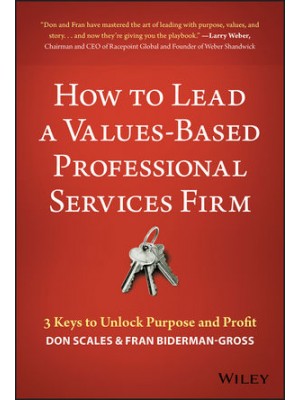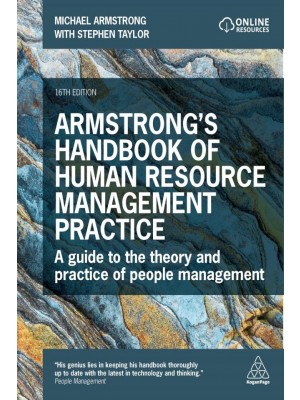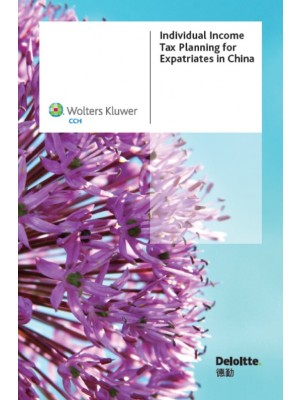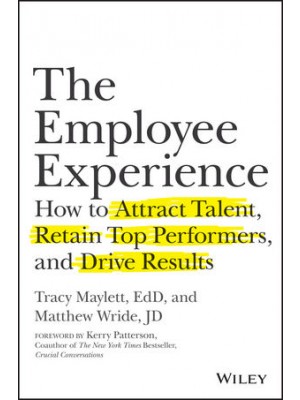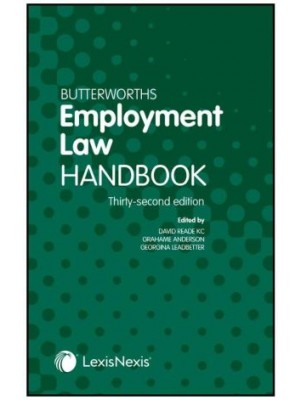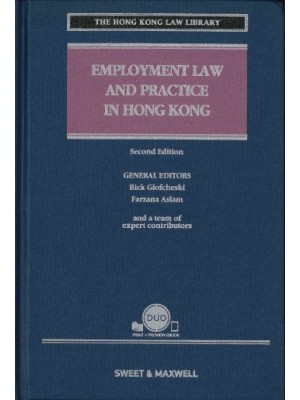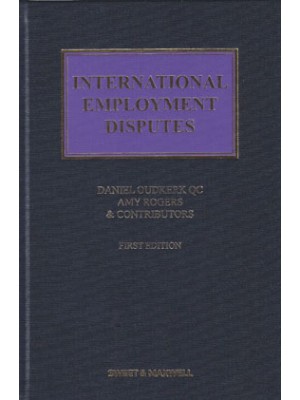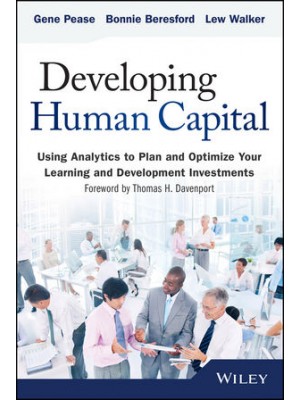Systemic operational risk means operational risks that are not related to one firm only but arise simultaneously across the financial system. Examples include LIBOR, PPI, mortgage mis-selling, and FX benchmark manipulation. It includes, but is not limited to, conduct risks.
Large systemic operational risk events are starting to get significant attention from banks' boards of directors, forcing the top executives at these firms to find ways to provide assurance that internal controls will stop such events happening again. One of the main challenges operational risk managers face these days is to develop a risk control framework that would allow senior management to understand where the hot spots are and confirm that policies and procedures are in place and being followed by their employees worldwide.
Author Dr Patrick McConnell, who has over thirty years of professional experience as a senior manager and consultant working with major international financial institutions, provides an understanding of what causes these risks and how they may be tackled at macro- and micro-prudential levels of regulation.
The financial industry is still trying to understand how to regulate risks such as those that arose in the PPI and LIBOR scandals. Initiatives to address systemic risk by international regulators include micro-prudential regulations, such as increasing capital for systemically important banks, and macro-prudential initiatives, such as the creation of the European Systemic Risk Board.
Systemic Operational Risk gives readers a better understanding of operational risks that surface across the financial system rather than within one institution. When considering new products and new business opportunities, readers will be able to analyse how risks can arise when competitors operate in the same markets.
Systemic operational risk issues are an unavoidable reality and banks will need to find ways to provide a more realistic stress test to investors and regulators, as such systemic issues will be a risk for the foreseeable future.
The book is divided into three sections. The first introduces some of the key concepts in the book; the second provides case studies on systemic operational risk; and the third discusses the regulation of systemic operational risks.














